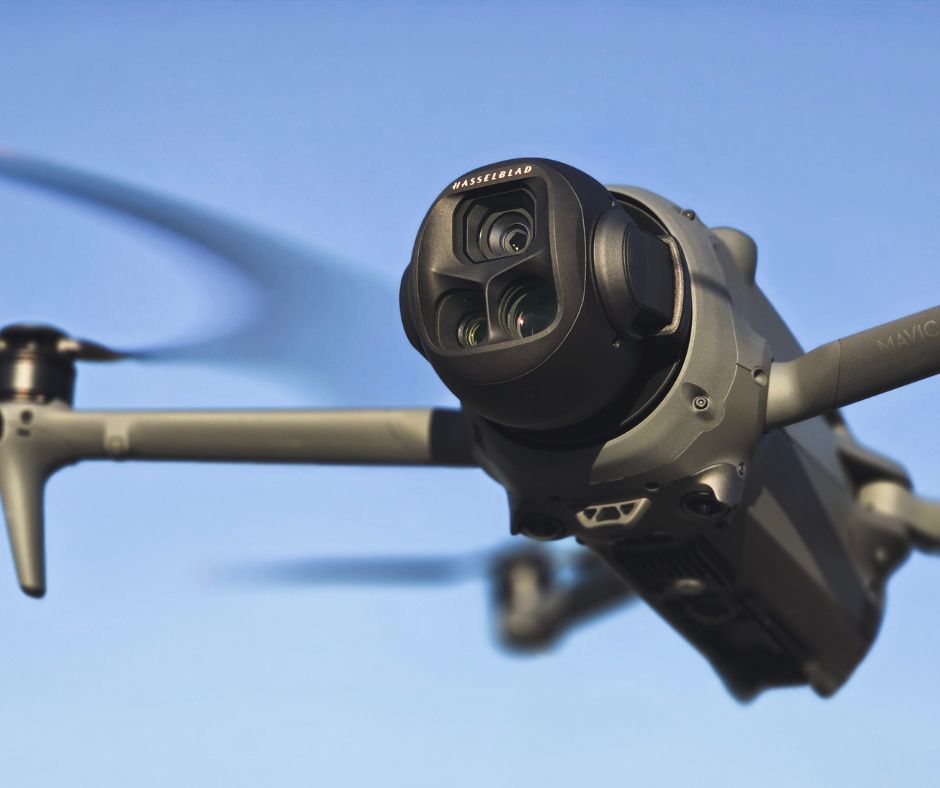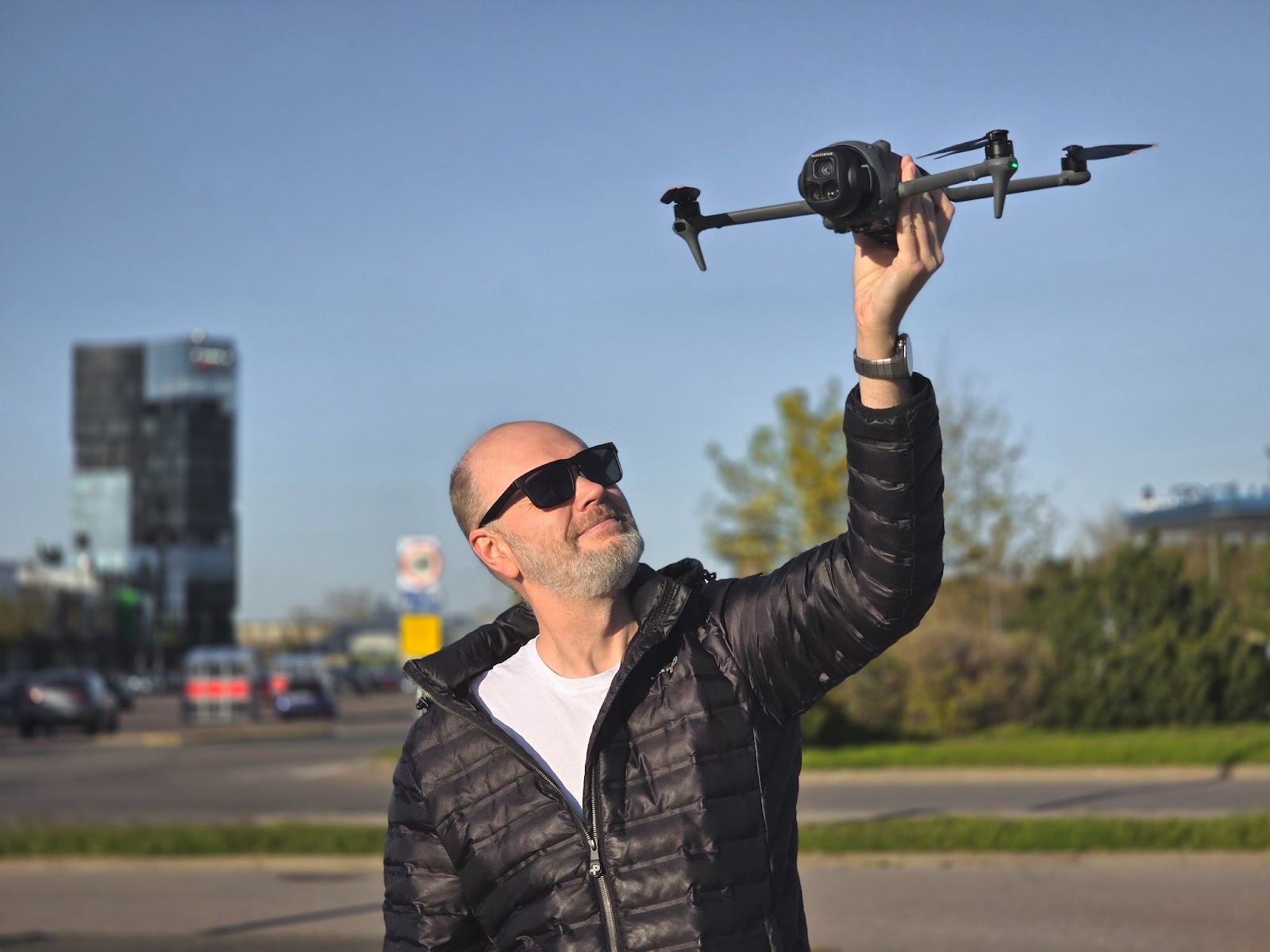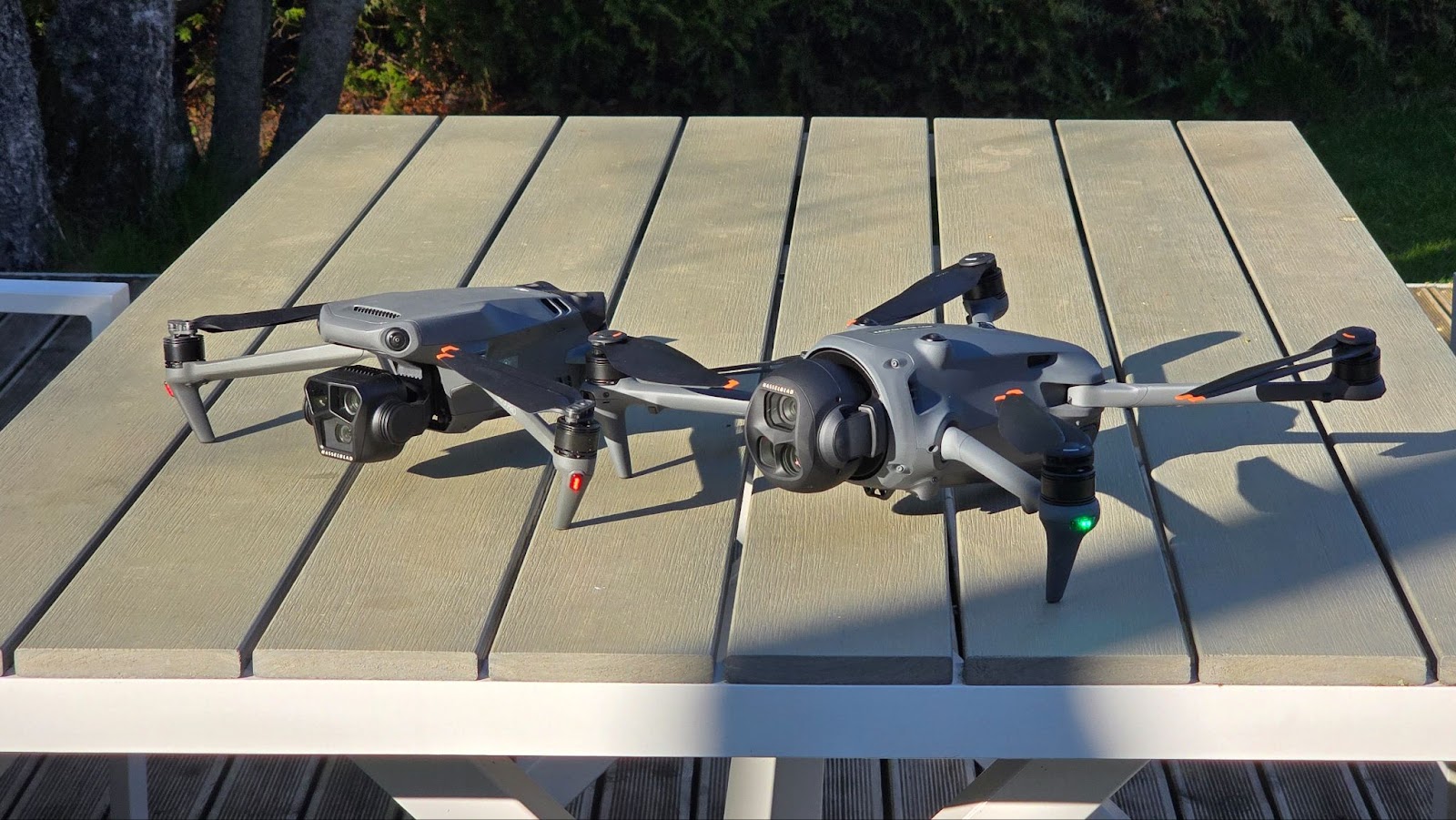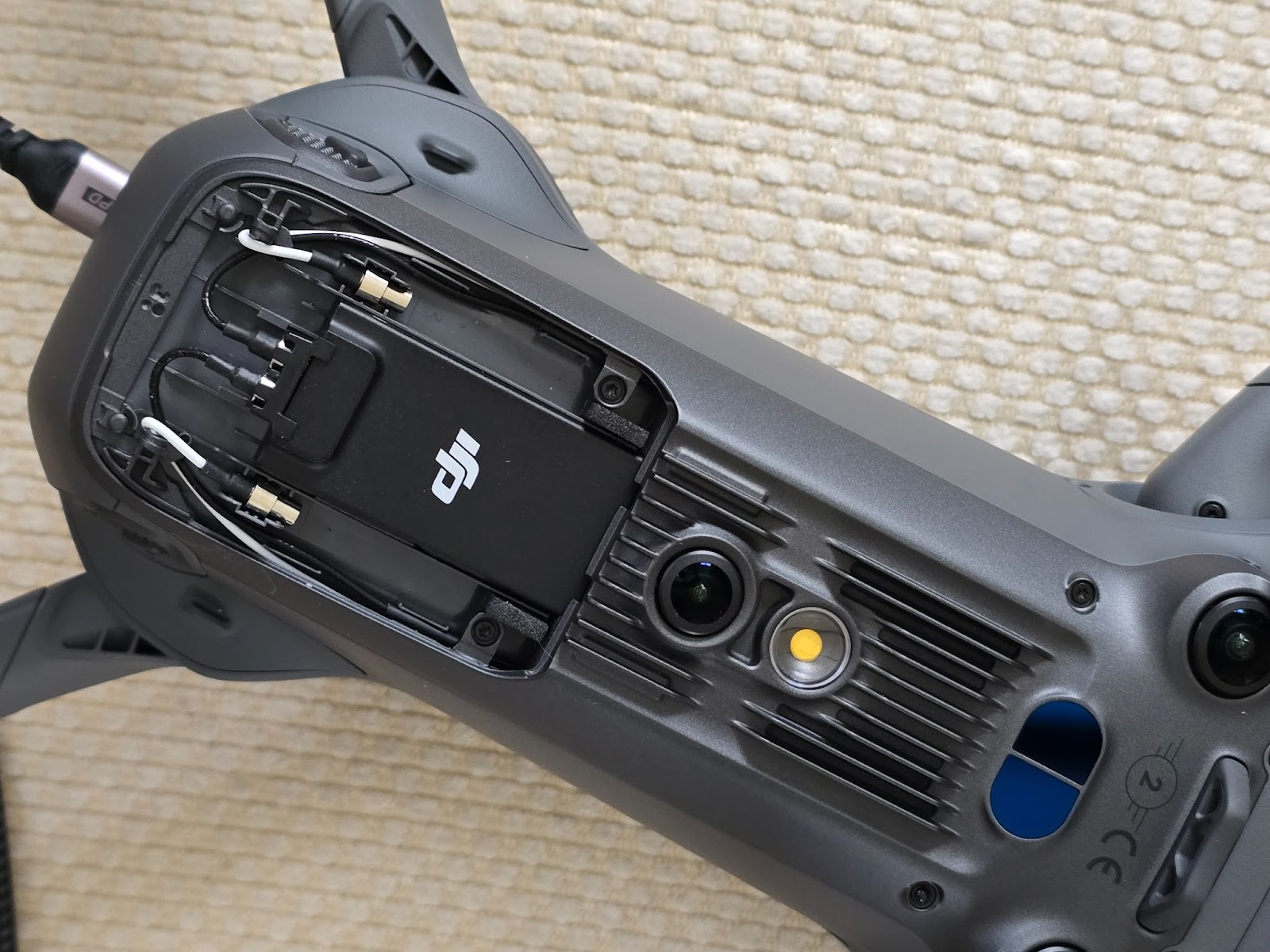
DJI Mavic 4 Pro: A High-End Drone Review by Kaupo Kalda
Who is Kaupo Kalda?
Kaupo Kalda is a renowned Estonian photographer and visual content creator known for his high-quality landscape and aerial photography. He has been actively shaping the Estonian visual media scene for decades and is widely respected for his technical expertise and artistic vision. His drone work has been featured in publications, campaigns, and exhibitions, and his honest product reviews are appreciated by hobbyists and professionals alike.
This review focuses on the DJI Mavic 4 Pro drone, specifically from a photographer’s perspective. To give you a spoiler alert, a next-level (photo)drone has hit the market again. The improvement is significant. I won’t go into the technical specifications of the drone itself, as YouTube will likely be flooded with such content by the time you read this. Instead, the focus here is on the cameras.
Thanks to the kind folks at Droon.ee, I got my hands on the Mavic 4 Pro almost a week before its official release. Those who know me understand why it excited me as a little boy — and for good reason. This is the DJI Mavic 4 Pro Fly More Combo, which includes the drone, RC 2 remote controller, three batteries, a charging hub, a bag, and a bunch of propellers.

Cameras
The camera module is bigger.
This time we have three cameras — 28mm, 70mm, and 168mm equivalents. All of them can now be used in portrait mode (90° vertical shooting). In portrait mode, the tilt range is smaller — just 10° up and down — but the gimbal itself rotates more, probably around 450°, and can also be used in video mode. When shooting landscapes, the tilt is very large: almost straight down and almost straight up (up to 70°, compared to 30° on the M3).
Main camera – 28mm
Portrait mode
With the older Mavic 3 Pro model, the main camera was great, the 70mm camera was acceptable, but the 166mm camera was almost unusable due to weird color profiles and only 12MP resolution. I could barely use it for real work, although the 70mm was usable.
That’s changed now – the cameras produce much more consistent images, even though the sensor sizes haven’t changed. There are still some color differences (especially with the 70mm), but they’re much easier to correct compared to the previous model. I did notice some autofocus issues in low light, but that’s likely to improve with firmware updates.
There’s a lot of megapixels. Probably too many for these sensor sizes, but you can always scale down if necessary.
I already know I’ll have to re-edit all my settings because the dynamics and performance of the new cameras are different.

DJI Mavic 4 Pro 28mm model with lots of details.
The 28mm main Hasselblad camera is noticeably narrower than its predecessor (which was 24mm). I noticed this on some regular shoots where the same composition would no longer fit in the frame due to tree interference. Too bad, because there’s often no room to duplicate.
This camera shoots 100MP photos, creating over 100MB of DNG RAW files — and up to 140MB in detailed forest scenes. You can also shoot at 25MP using pixel binning (combining four pixels into one), which will provide better low-light performance with less noise. You can switch modes instantly.
The aperture is now f/2.0–f/11, which is one stop brighter than before. I haven’t yet thoroughly tested sharpness at different apertures, but it’s usually best between f/5.6–f/9. Brighter aperture = better nighttime performance. The Mavic 3 was already strong here, and it’s hard to say how much better the M4 is yet. Still, the image is sharp and clean. I usually don’t go above ISO 200 to preserve detail. When needed, Lightroom’s AI noise reduction does its job well.

Here’s probably my only real criticism of the M4: the 28mm camera shoots in 3:2, while the others shoot in 4:3. This isn’t ideal for consistency across the series. I don’t know why this is—it’s probably a pre-release issue. If the main camera switched to 4:3, it would be even narrower. Alternatively, for telephoto lenses, 3:2 would be great for cropping space.

Night shots are sharper
Medium Tele – 70mm
The 70mm camera is sharp and has great rendering.
It offers 2.5x zoom, giving rooms a different feel and great details in architecture. This has been one of my favorites in recent years.
It shoots 48MP photos or 12MP images using pixel binning. The aperture is fixed at f/2.8.
Tele – 168mm
The 168mm lens has improved the quality significantly – it is sharp, with nice color reproduction and provides natural depth of field in close-ups.
Finally, the longer telephoto lens is truly usable – a huge improvement. Images are sharp, with natural colors and realistic depth of field in close-ups. It shoots 50MP / 12.5MP photos and has a brighter f/2.8 aperture.
This lens is great for dynamic parallax video.
Other Features
The Mavic 4 Pro is a bit heavier and bulkier. It sits on three legs and is surprisingly stable. Overall, the drone is very stable, especially the stabilizer. Flight performance is excellent – I didn’t notice any issues.
Mavic 3 Pro vs. Mavic 4 Pro

Mavic 3 Pro vs Mavic 4 Pro
The M4 is heavier, thicker, and has a larger camera module. It comes with the DJI RC 2 controller, which is a notch below my previous RC Pro, but is lighter and has significantly better transmission thanks to Ocusync 4. The screen is great, although a little dimmer than the Pro line. Overall, it does the job well. There is also a new DJI RC Pro 2 available, although I have not tested it yet.
This drone supports a 4G adapter (DJI Cellular Dongle 2), which works great. While line of sight is a must, the connection can still drop. With this adapter, as long as there is cellular coverage, the connection remains strong. It is not included in the kit and must be purchased separately. It can be attached to the bottom of the drone after removing a small cover.
Security features
The Mavic 4 seems to be protected from all sides. There is a lidar sensor on the front leg. The side cameras have been replaced with sensors underneath and behind, which help provide full directional awareness. These can be monitored on the remote screen. I was hoping the quality of these cameras would be higher, but in reality they might be a bit worse.

The 4G module is located under the bottom cover of the drone.
Battery life
Officially, the battery lasts up to 51 minutes. In real-world conditions, it takes about 35 minutes before low battery warnings appear. The Mavic 3 lasted about 27-28 minutes. The difference is noticeable. The 3-bay hub charges at 100W. A 240W charger is expected, which can charge all three batteries simultaneously.
Video
I’m no video expert, but I shot some samples. The video looks very smooth and clean. D-log and other pro features are available on all cameras. There are still some video settings missing, so it’s too early to go into detail. Night video sample: https://www.youtube.com/watch?v=_AMmIOjMmxo
In summary
This is an honest review without any frills. The DJI Mavic 4 Pro is a truly powerful workhorse and comes highly recommended for photographers – and probably videographers too. All the cameras are now great, the resolution is higher, there’s portrait mode, the battery lasts longer, lidar is included. Everything is simply better — and in some cases, significantly better.
Photo: Kaupo Kalda and Karina Kilpa
DJI Mavic 4 Pro price :
2099 EUR
DJI Mavic 4 Pro Fly More Combo(DJI RC 2) price:
2699 EUR
DJI Mavic 4 Pro 512GB Creator Combo(DJI RC Pro 2) price:
3539 EUR

